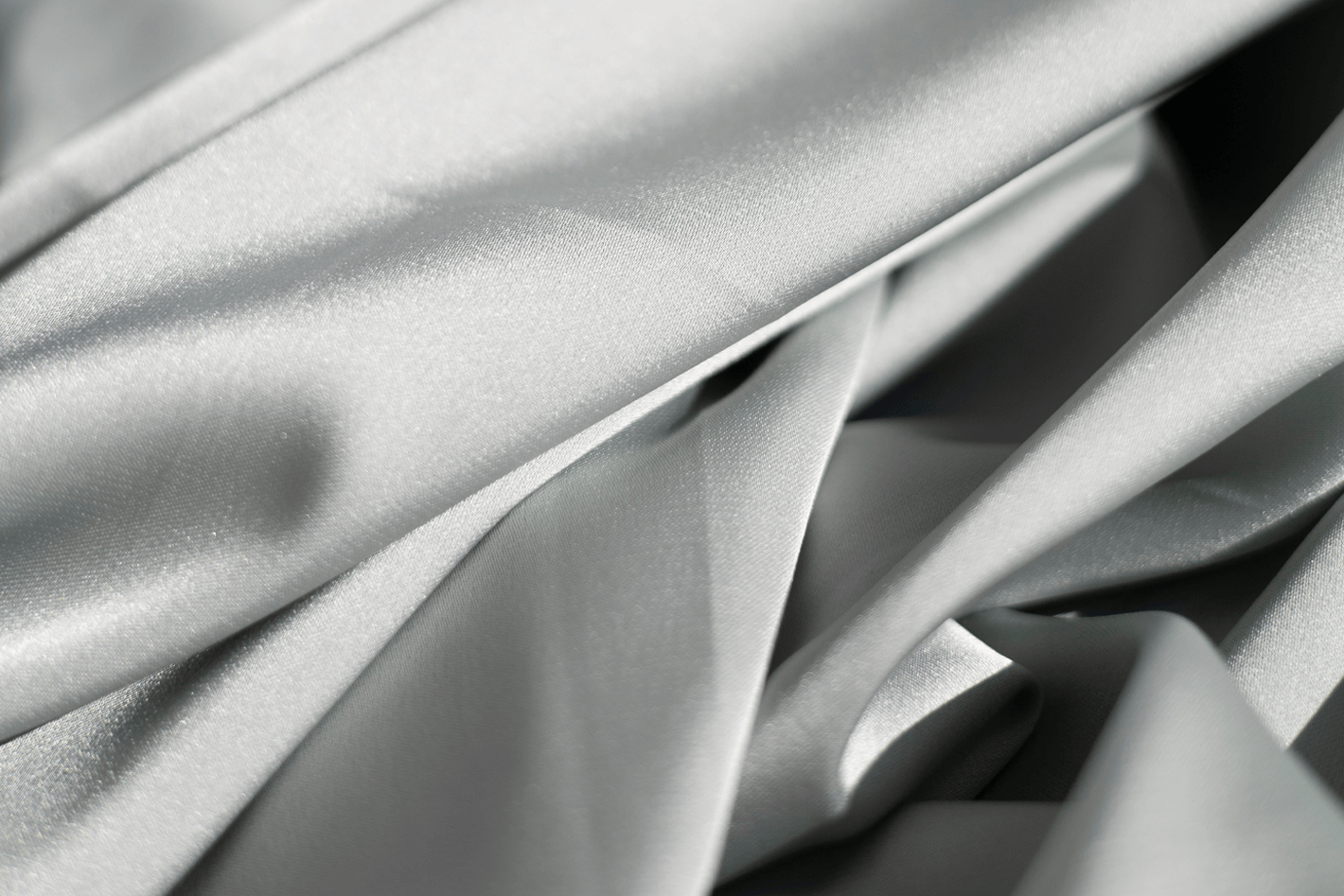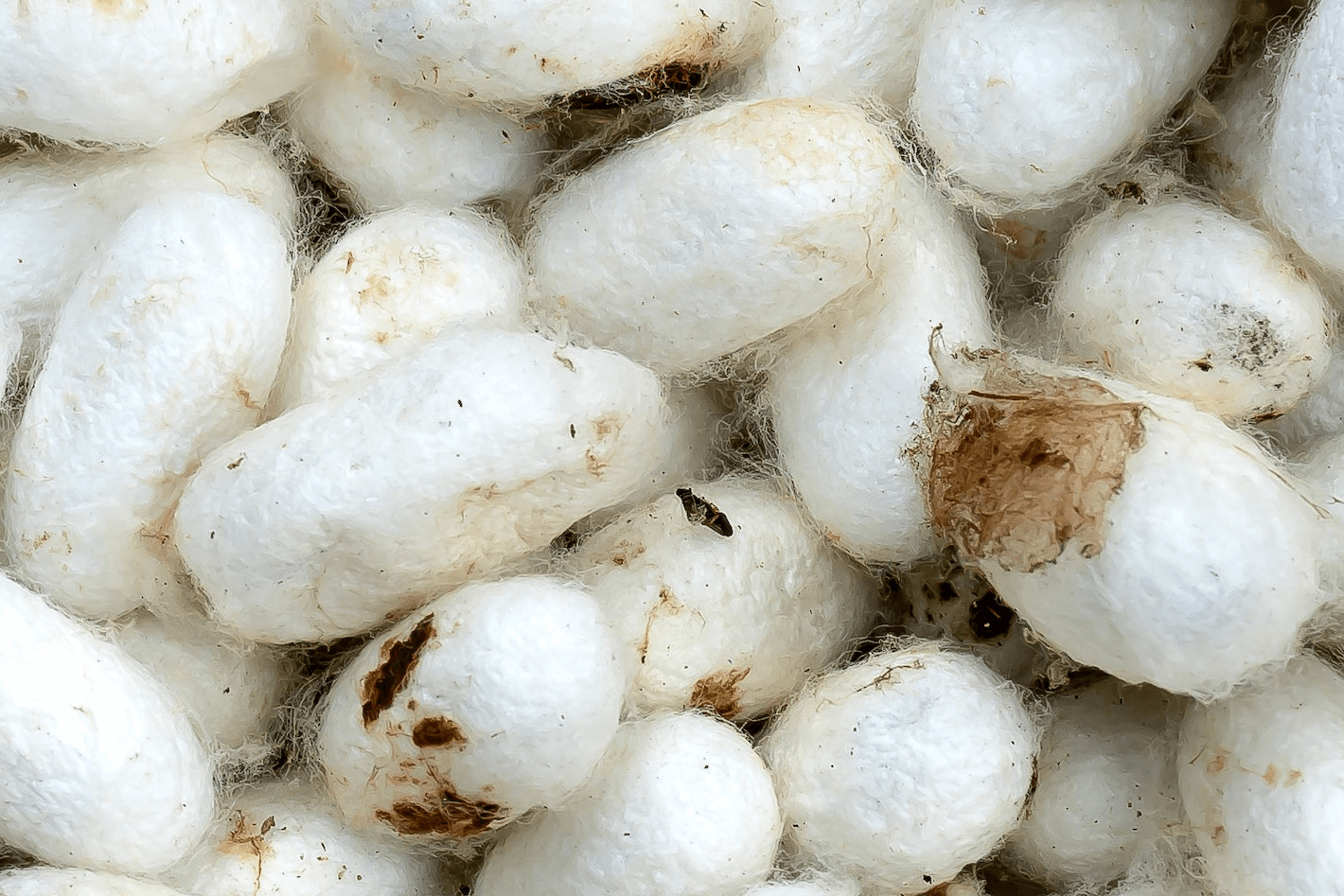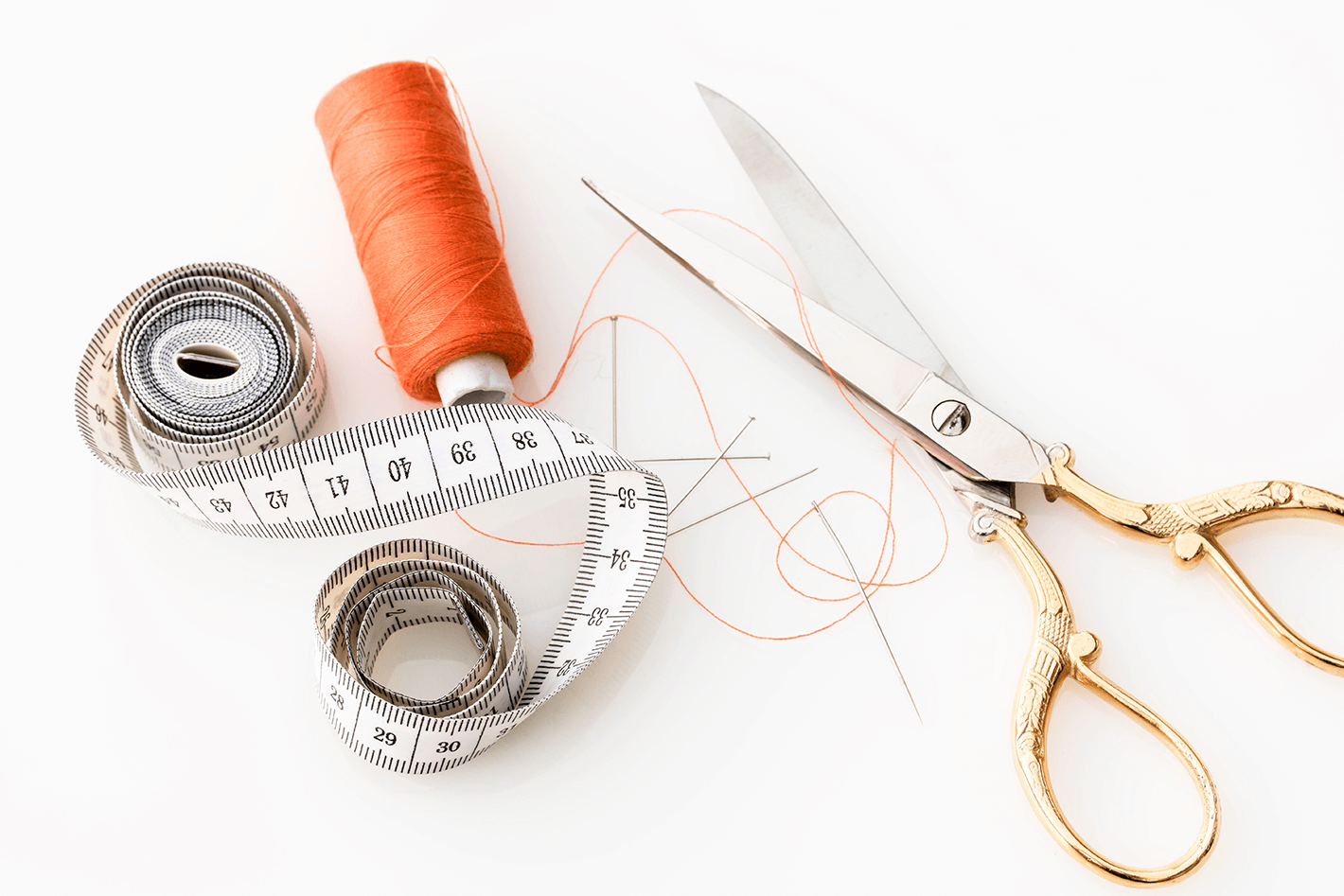How is silk made? Understanding Silk!
Silk is made by the process of silk farming, or sericulture. This is often split into two parts. The first is the rearing of the silkworms and caring for them from the egg stage to the stage where they produce cocoons.
The second part is the cultivating of mulberry trees which the insects usually feed on.
Different insects can produce silk but the most common is the silkworm, which is the common name for Bombyx mori moth, the domestic silk moth. The caterpillars, called larvae, hatch from eggs before they become moths.
They feed and grow before moulting several times. After they have moulted, they begin to make & spin their cocoons around themselves where in nature, they would emerge from this protective shell transformed into moths.
We’ve all heard of the Hungry Caterpillar right?

The cocoon is made by secretions from glands on the silkworm’s head which solidify when they meet the air. A second secretion is added to the thread which acts as a glue to hold the cocoon in shape. These fibres are made from fibroin which is a super strong protein.
In sericulture, the cocoons once made are boiled to stop the pupae (hibernating caterpillar) hatching out. This heat treatment also breaks down the ‘glue’ the silkworms use to bind the cocoon into their incredible shapes.
Next, either by hand or special automated machine, the end of the silk thread is found, and they are slowly unwound. These fibres are looped around a reel and joined into other fibres to make long continuous strings. To make silk threads, several of these fibres are woven together to make the silk yarn.
This yarn can be dyed and then woven into silk fabric.
There are different types of silk and different insects produce different threads. See ‘what is mulberry silk’ for more information.

The benefits of silk?
Silk is ones of the most tensile fabrics in the world. It’s strength and durability has seen silk used to make early parachutes, surgical sutures, shrouds in ancient China and artillery power bags.
This unique fabric is soft and sleek making it perfect for luxury clothing, bedding and interior design. Silk is great for moisture wicking, which means it keeps skin hydrated and stops if from drying out overnight when used as silk pillowcases. Cotton on the other hand absorbs moisture and can dry skin out.
See our silk pillowcase benefits page for more information.

The drawbacks of silk
Silk is one of the most expensive and labour-intensive fabrics to produce. The cost and time to produce silk are what makes it expensive to buy. Thousands of silkworms are needed to produce just one kilogram of silk.
As it is a delicate & time consuming process in comparison to other materials, silk will always be more expensive compared to cotton & other bedding compounds.
If you would like to learn more about silk, you can see our Silk FAQ for more information.
